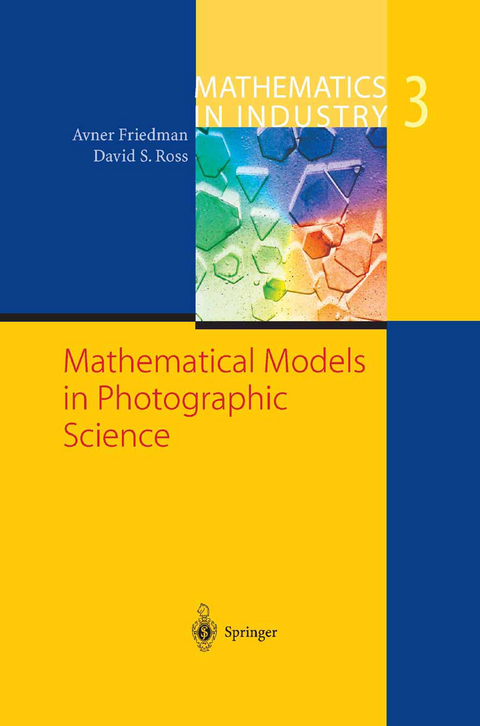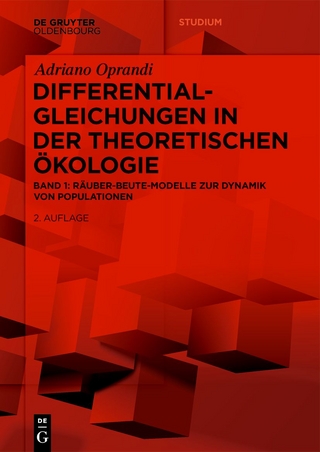
Mathematical Models in Photographic Science
Springer Berlin (Verlag)
978-3-540-44219-6 (ISBN)
1. History of Photography.- References.- I. The Components of a Film.- 2. An Overview.- 3. Crystal Growth - Ostwald Ripening.- 4. Crystal Growth-Sidearm Precipitation.- 5. Gelatin Swelling.- 6. Gelation.- 7. Polymeric Base.- II. The Role of Surfactants.- 8. Limited Coalescence.- 9. Measuring Coalescence.- III. Coating.- 10. Newtonian Coating Flows.- 11. Coating Configurations.- 12. Curtain Coating.- 13. Shear Thinning.- IV. Image Capture.- 14. Latent Image Formation.- 15. Granularity.- V. Development.- 16. A Reaction-Diffusion System.- 17. Parameter Identification.
This book provides an interesting and well documented presentation of mathematical topics related to photographic sciences. [...] This is an attractive and easy to read book, which is characterized by a valuable (in the reviewer¿s opinion) feature: each chapter covers the whole path from the phenomenological analysis and interpretation of the real system, to modeling, statement of problems related to the application of models, an outline of qualitative analysis, and finally to perspectives and open problems.
This book is recommended to applied mathematicians interested in industrial mathematics and is intended for applications and the development of mathematical methods for problems generated from technology. It is also a good text for advanced university courses on mathematical modeling to be joined to courses on computational methods.
Applied mathematicians will find a description of open problems which are definitely challenging even for experienced mathematicians.
MathSciNet 2004. Nicola Bellomo (I-TRNP)
| Erscheint lt. Verlag | 11.12.2002 |
|---|---|
| Reihe/Serie | Mathematics in Industry |
| Zusatzinfo | VIII, 184 p. |
| Verlagsort | Berlin |
| Sprache | englisch |
| Maße | 155 x 235 mm |
| Gewicht | 484 g |
| Themenwelt | Mathematik / Informatik ► Mathematik ► Analysis |
| Schlagworte | action • coating flows • crystal growth • Design • Diffusion • Dispersion • Fotoindustrie • gelation • Image Formation • Mathematisches Modell • partial differential equation • Partial differential equations • photography • reaction diffusion systems • Transmission |
| ISBN-10 | 3-540-44219-7 / 3540442197 |
| ISBN-13 | 978-3-540-44219-6 / 9783540442196 |
| Zustand | Neuware |
| Haben Sie eine Frage zum Produkt? |
aus dem Bereich


